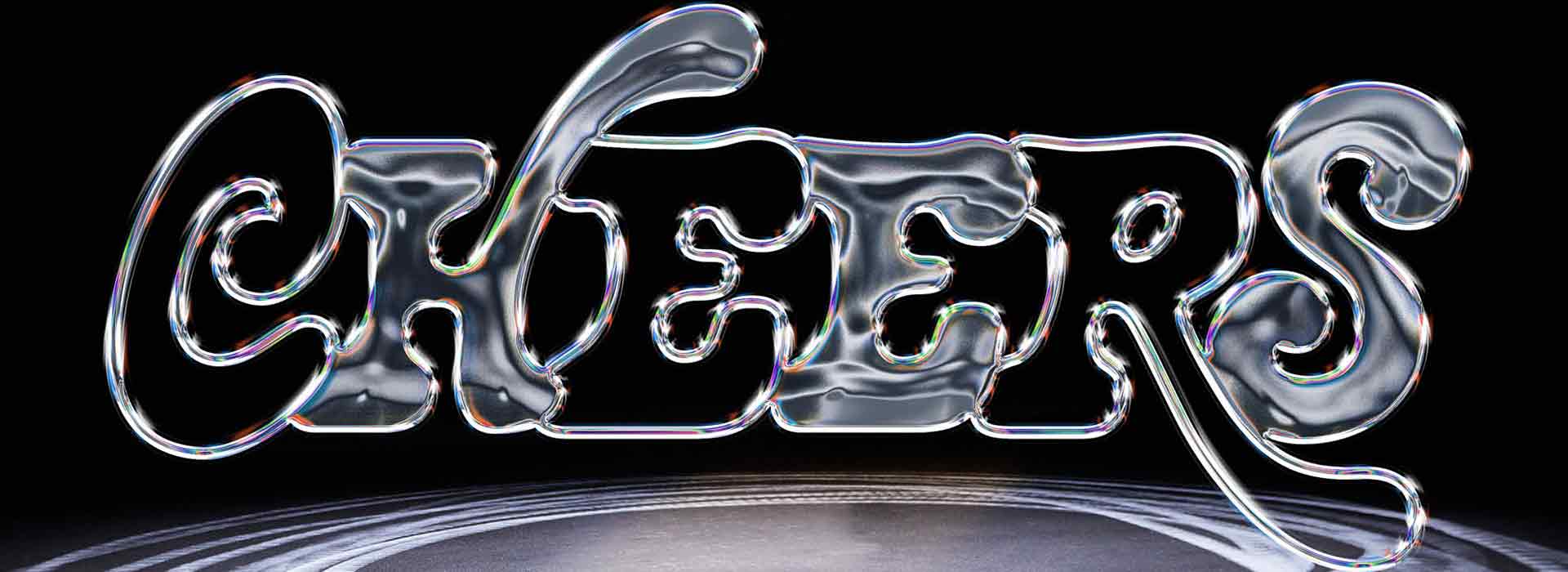
At least in the world of mainstream music, the boundaries between pop and hip hop today are considerably blurred. Hip hop has made especially deep inroads into pop where production is concerned, with the industry now overflowing with hip hop-style pop and pop-tinged hip hop. When it comes to vocals, it’s become so common to pair rap with singing that a lot of times it’s difficult to classify something as exclusively rapping or singing. The only place the difference becomes obvious is in the lyrics. This, of course, is one very important way in which the genres remain distinct, but musically speaking, pop and hip hop have entered an era where there’s more crossover than ever before.
The trend has had a significant impact on K-pop as well. Idol music now commonly features techniques borrowed from trends in hip hop, with trap, rachet and drill all entering the sound of the production, while the distinctly K-pop vocal arrangements and melodies add their own flavor. But some songs are more directly focused on attaining the hip hop sound, and it’s not just because the performers rap rather than sing, but because the lyrics have inherited the characteristics of hip hop as well. A recent example is “CHEERS”, the latest song put out by SVT LEADERS.
The song is a celebration and exhibition of where they’ve grown up to today and the success they have had and makes their aspirations clear. That falls in line with the success story that hip hop artists often write about. The hip hop success narrative is usually portrayed through lyrics colored by swag or braggadocio (which by definition means bragging, but in rap specifically refers to showing yourself and your expressive ability off) or else through a dramatic retelling of personal history. For “CHEERS”, it’s the former. Although the rap track is hardly the first among songs by idols to use braggadocio, in many ways it’s one of the best to date. Rather than a long-winded story of their past, they express themselves in a compact manner with many parts heavily implied. Here’s a good example from WOOZI: “Too many mouths, what do we do for food, I wondered.” The industry took a cynical view of the size of their group and their unlikely moonshot at success, and the lyrics summarize the artist’s feelings about those past events in a single line. WOOZI expresses the precarious situation SVT LEADERS faced before more directly in another line: “They all said we’d crash and burn.” Those lyrics, while not easy to admit coming from idols, simultaneously capture an experience only idols go through.
S.COUPS, meanwhile, uses his rap to convey a sense of catharsis: “We build a building from our basement unit.” This is a clever play on “my song builds a building”, a line from G-DRAGON’s 2012 track “One of a Kind” that broke down the barrier between hip hop and idol music. It’s common for rappers to bend lyrics this way but it’s always enjoyable—this time around, too.
Engaging lyrics and solid rap performances multiply the excitement in “CHEERS”. They’re not just good for an idol group—they’re good for anyone. The way some idols rap and their approach to hip hop can be excessive; they’ll milk out every drop of emotion when trying to sound sad or else turn hyper-aggressive when trying to express themselves or serious topics. This often results in an awkward flow. SVT LEADERS’ carefully crafted rapping only burns intensely for as long as they need it to, then comes back down to Earth at the last moment so the song remains immersive.
With its lyrics specifically about the idol experience, main loop of flute and piano, solid production backed by 808 drums and an overall composition that doesn’t struggle to fulfill any trends, this song has appeal for K-pop and hip hop fans alike. Above all, “CHEERS” shows that it’s impossible to say whether an artist today is a hip hop artist or not just by looking at a single song from their catalog. After all, what’s important is the persuasive power they hold through their ability to master a given genre, and in that regard, “CHEERS” hits the mark.
Unauthorized reproduction and distribution prohibited.